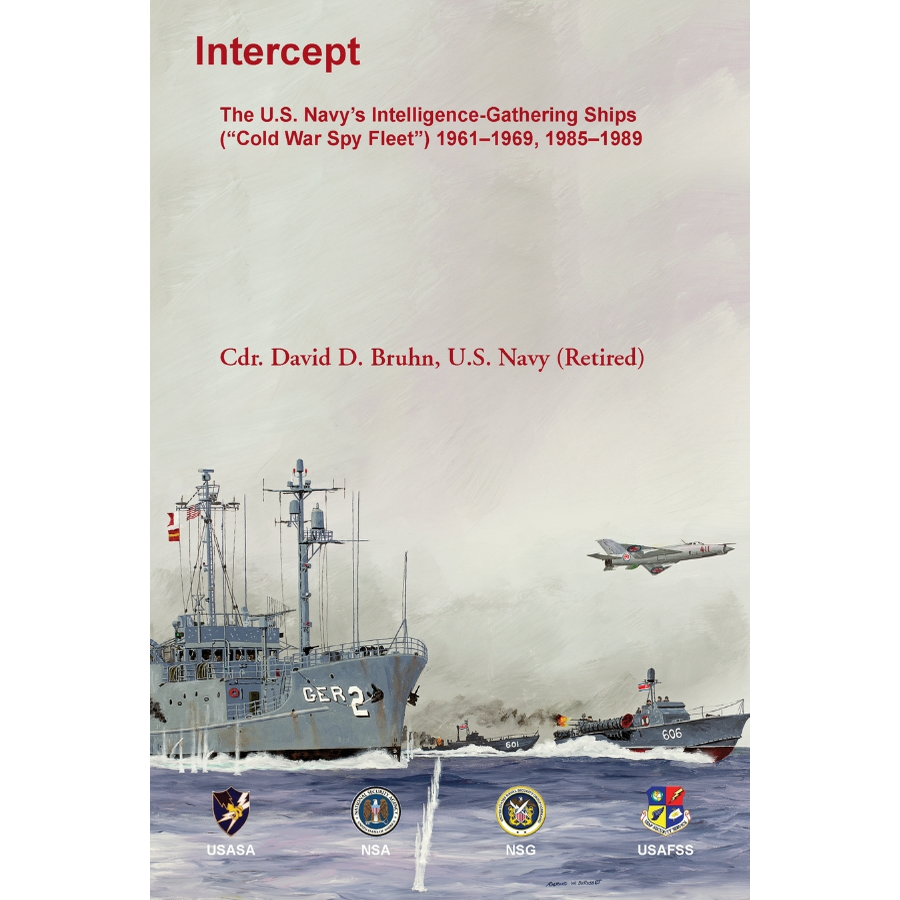Intercept: The U.S. Navy's Intelligence-Gathering Ships ("Cold War Spy Fleet") 1961-1969, 1985-1989
Couldn't load pickup availability
During the period 1961-1969 inclusive, a dozen intelligence-gathering ships conducted signals intelligence collection under the control of the NSA. These ships, with the exception of the fleet tug Atakapa, were World War II freighters taken out of "mothballs" and converted for their new roles. Operating in international waters, just off the coastlines of adversary nations, they monitored targets not otherwise accessible to collection resources. These efforts included signals coverage of Latin America and Africa; interception from the Atlantic and Indian Oceans of telemetry data associated with Soviet spacecraft launches; and intelligence collection off Vietnam, Cambodia, the Soviet Union, China, and North Korea. USNS Muller was harassed by Cuban patrol boats, and USS Banner by Soviet and Chinese vessels. In 1967, USS Liberty was attacked by Israeli air and naval forces, resulting in the death of thirty-four members of her crew, and another 172 wounded. The following year, USS Pueblo was captured by North Korean military forces, an event linked to the John Walker espionage ring. One crewmember was killed, others endured torture during their eleven months as POWs. The latter two incidents, and competing Vietnam War requirements, resulted in the retirement in 1969 of the remaining ships. Two decades later, in 1985, a need for a ship off Nicaragua — to collect intelligence on arms traffic in the Gulf of Fonseca — brought the USS Sphinx, a former WWII landing craft repair ship, out of the reserve fleet. One hundred thirty-eight photographs, maps, and diagrams; appendices; and an index to full names, places, and subjects add value to this work.
Cdr. David D. Bruhn, USN (retired)
2023, 6" x 9", paper, 268 pp.
ISBN: 9780788429026
101-B2902
